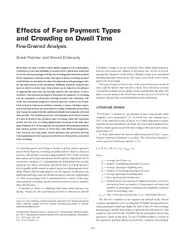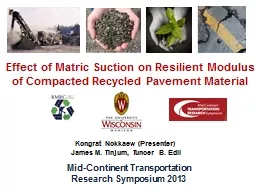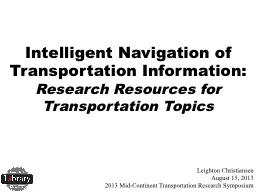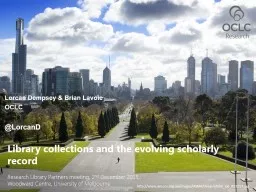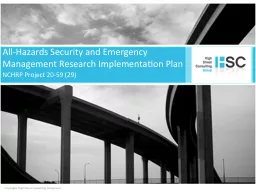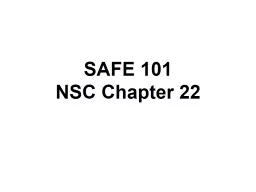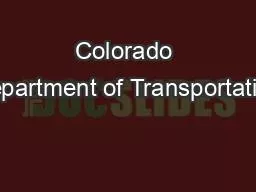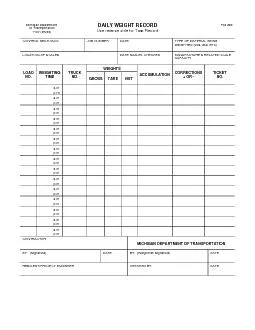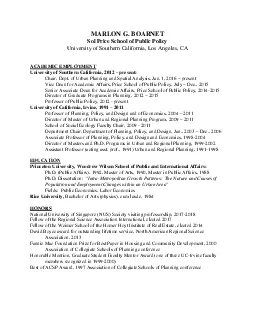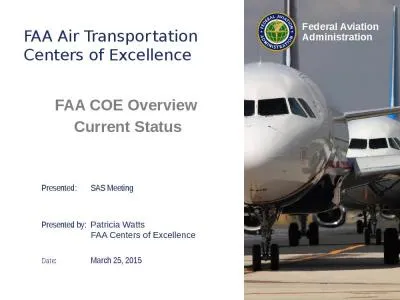PDF-Transportation Research Record Journal of the Transpo
Author : pamella-moone | Published Date : 2015-06-05
2351 Transportation Research Board of the National Academies Washington DC 2013 pp 124132 DOI 103141235114 School of Urban Planning McGill University Suite 400 815
Presentation Embed Code
Download Presentation
Download Presentation The PPT/PDF document "Transportation Research Record Journal o..." is the property of its rightful owner. Permission is granted to download and print the materials on this website for personal, non-commercial use only, and to display it on your personal computer provided you do not modify the materials and that you retain all copyright notices contained in the materials. By downloading content from our website, you accept the terms of this agreement.
Transportation Research Record Journal of the Transpo: Transcript
Download Document
Here is the link to download the presentation.
"Transportation Research Record Journal of the Transpo"The content belongs to its owner. You may download and print it for personal use, without modification, and keep all copyright notices. By downloading, you agree to these terms.
Related Documents

